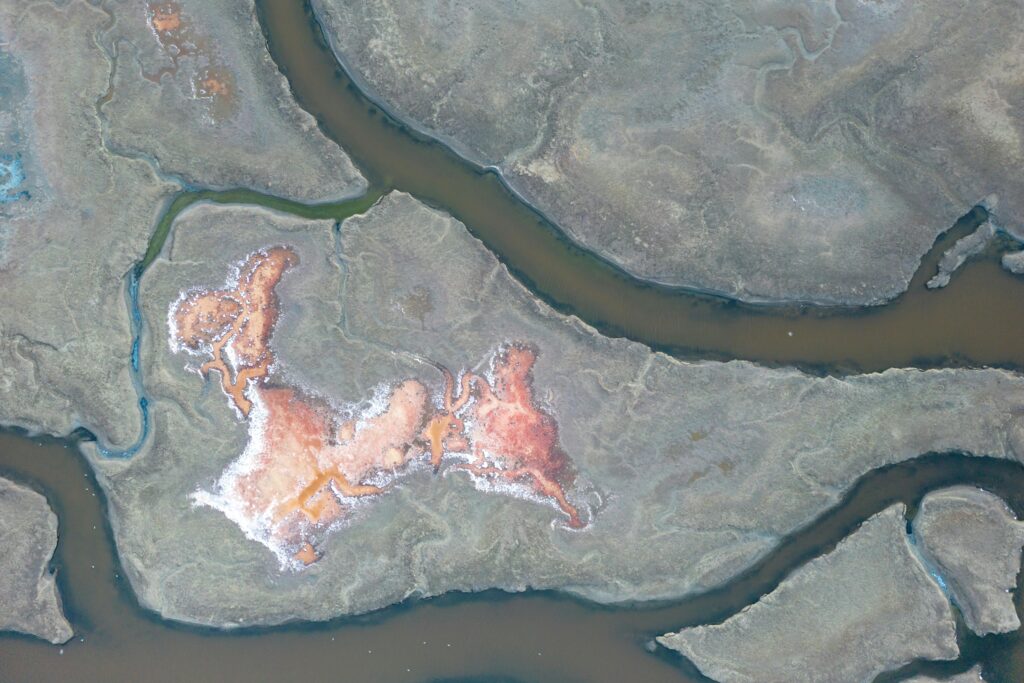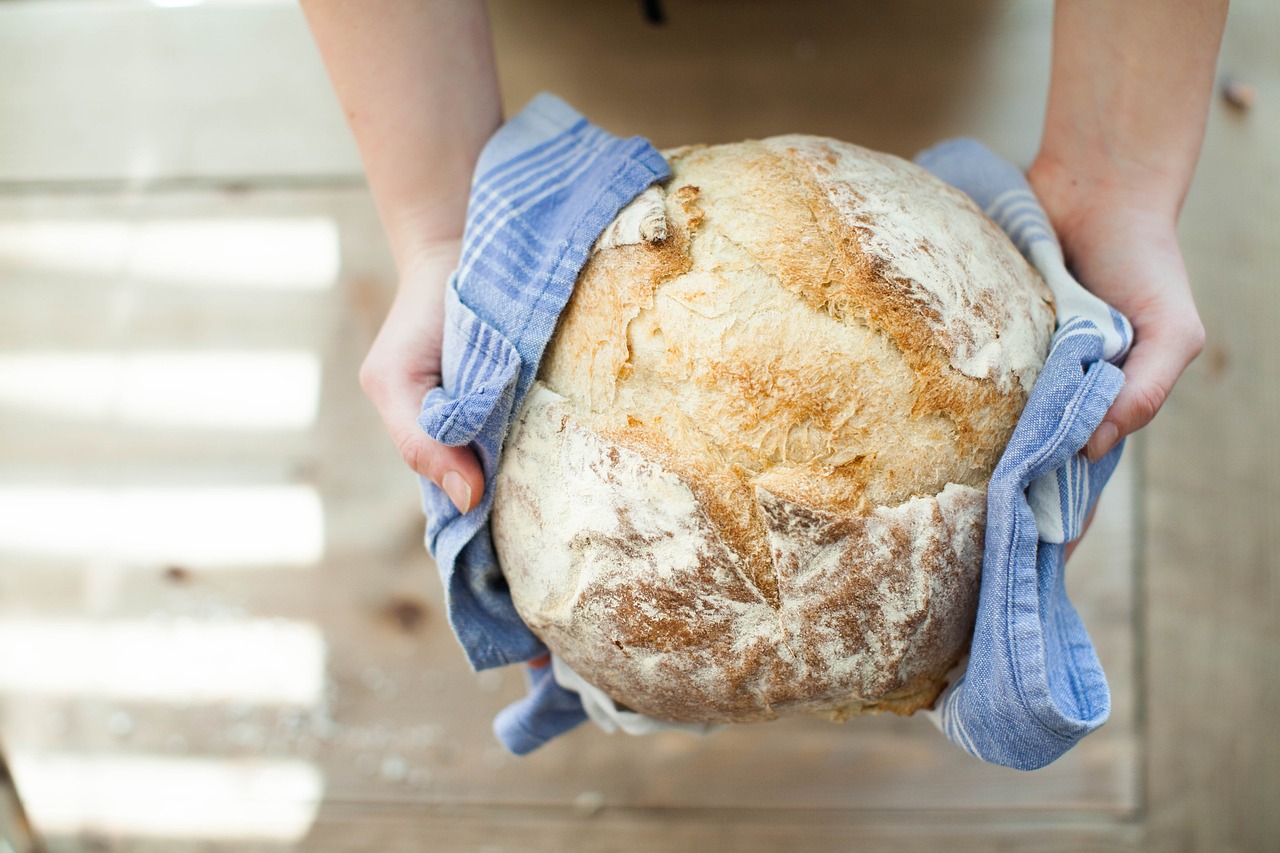
Let’s talk about something that might just change the way you look at salt forever.
I know what you’ve heard: “Salt is bad for you. Avoid it at all costs.”
But here’s the plot twist — not all salt is created equal.
Here’s the Truth:
Celtic Sea Salt, often called “grey salt,” comes from the coastal regions of France where it’s hand-harvested from natural clay-lined salt beds. Unlike the ultra-white, bleached table salt most of us grew up with, Celtic salt is alive — packed with over 80 trace minerals like magnesium, calcium, potassium, iron and even iodine.
These minerals are what make it nature’s perfect electrolyte — helping our bodies balance hydration, nerve function, and muscle performance (especially important for us busy moms running on caffeine and chaos).
Why Table Salt Isn’t Doing You Any Favors
Here’s the thing: refined table salt is stripped of nearly all its natural minerals. What’s left is sodium chloride — a synthetic, highly processed product that your body doesn’t recognize the same way it recognizes natural salt.
To make matters worse, anti-caking agents and even bleaching chemicals are often added so it pours “perfectly.” Cute for a shaker… not so cute for your health.
When you consume this type of salt, your body often reacts by retaining water and raising blood pressure — because it’s desperately trying to protect itself from what it sees as an imbalance.
Celtic Salt and the Body
Now, here’s where it gets fascinating — and a little ironic.When someone collapses from a diabetic episode or severe dehydration, what’s the first thing doctors pump into their veins?
Saline solution.
Which is… salt water.
So, while the modern narrative warns us to “avoid salt,” the body literally depends on it for survival. Sodium helps move nutrients into your cells, maintain blood volume, and keep your brain communicating with your body.
Low-quality salt can deplete and dehydrate you.
High-quality, mineral-rich salt — like Celtic salt, which restores and rebalances you.
How to Use Celtic Salt in Everyday Life
Making the switch is simple (and your body will thank you): Replace table salt with Celtic salt in your cooking, baking, and seasoning
Start your day hydrated: Mix a pinch of Celtic salt into a glass of warm lemon water to support electrolyte balance and digestion.
Replenish after activity: Add a pinch to your water after gardening, workouts, or even long homeschool mornings (we’ve all been there).
Homestead tip: You can even use Celtic salt in fermentation and natural preservation — it helps beneficial bacteria thrive.
Here’s what I noticed:
When I first swapped to Celtic salt, I noticed two big things:
1. My headaches became less frequent (I later learned dehydration was partly to blame).
2. My food actually tasted better.It’s like nature’s flavor enhancer — without any of the nasties.
And knowing that it’s been hand-harvested straight from the sea feels… grounding. Like something our great-grandmothers would’ve used before everything became over-processed and under-nourished.
I’ll leave you with this:
Celtic salt isn’t just a trend — it’s a return to what’s natural. A reminder that nature knows best, and the closer we stay to her ways, the healthier and more self-sufficient we become.
Where can I find it?
Keep an eye open @bohosoul — because I’ll soon be sharing our very own hand-harvested Celtic salt, straight from the sea to your homestead kitchen.✨
Let’s season life the natural way.
Till next time..


